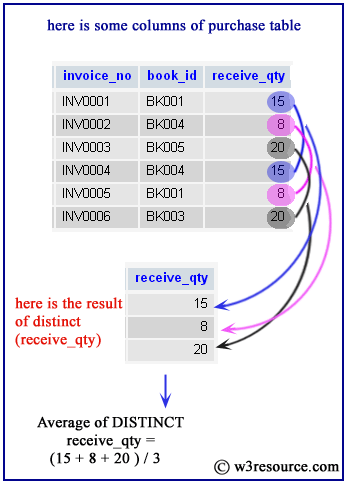For example, you can use the HAVING clause to answer questions like finding the number orders this month, this quarter, or this year that have total sales greater than 10K. The MySQL BETWEEN condition is used to retrieve values within a range in a SELECT, INSERT, UPDATE, or DELETE statement. WHERE is applied before GROUP BY, HAVING is applied after (and can filter on aggregates). In general, you can reference aliases in neither of these clauses, but MySQL allows referencing SELECT level aliases in GROUP BY, ORDER BY and HAVING. A Transact- SQL SELECT utasításban rejlő lehetőségek - 1. A HAVING kulcsszó használata SELECT utasításban - 2. Táblák összekapcsolása a JOIN funkció segítségével - 3. Eredmények összegzése az UNION kulcsszó segítségével - 4. COMPUTE feltétellel - 5. SQL HOME SQL Intro SQL Syntax SQL Select SQL Select Distinct SQL Where SQL An Or, Not SQL Order By SQL Insert Into SQL Null Values SQL Update SQL Delete SQL Select Top SQL Min and Max SQL Count, Avg, Sum SQL Like SQL Wildcards SQL In SQL Between SQL Aliases SQL Joins SQL Inner Join SQL Left Join SQL Right Join SQL Full Join SQL Self Join SQL.

The resulting SQL statement might look like this: SELECT titles. AVG(titles.price) FROM titles INNER JOIN publishers ON titles. SQL GROUP BY Examples ProbleList the number of customers in each country. Only include countries with more than customers. Megkapjuk, hogy 5 amennyiben volt legalább sor.
Ha csak sor van az adatbázisban, akkor 45-öt eredményez. Az SQL _CALC_FOUND_ROWS opciót használva az első lekérdezésben azt lehet megmondani a mysql -nek, hogy az utána futtatandó found_rows() függvény hagyja figyelmen kívül a limit-et, és az összes sor számát adja vissza. Az SQL , azaz Structured Query Language (strukturált lekérdezőnyelv) relációsadatbázis-kezelők lekérdezési nyelve.
You could also use the SQL SUM function to return the name of the department and the total sales (in the associated department). The SQL Having clause is used to filter summary from a GROUP BY. It specifies the search condition for the group or aggregate.
It is mostly used when a GROUP BY is present, if one isn’t there is an implicit single aggregated group. Locking a MySQL INNODB row in PHP. How to import an SQL file using the command line in MySQL ? SQL HAVING is only used with SELECT.

MySQL CONCAT() function is used to add two or more strings. There may be one or more arguments. Returns the string that from concatenating the arguments. A MySQL adatbázis-kezelőben használható adattípusok összefoglalása.
WEBFEJLESZTÉS, WEBÁRUHÁZ KÉSZÍTÉS Ingyenes elektronikus tananyag interaktív weboldalak készítéséhez. MySQL Cluster is a real-time open source transactional database designed for fast, always-on access to data under high throughput conditions. If ONLY_FULL_ GROUP_BY is disable a MySQL extension to the standard SQL use of GROUP BY permits the select list, HAVING condition, or ORDER BY list to refer to nonaggregated columns even if the columns are not functionally dependent on GROUP BY columns. This causes MySQL to accept the preceding query.
MAX() function with having. For natural- language full-text searches , the columns named in the MATCH() function must be the same columns included in some FULLTEXT index in your table. Suggestions, comments, feedbacks and referrals are highly appreciated. You can use the same SQL SELECT command into a PHP function mysql _query().
Viszont ez nem egyenlő azzal, hogy az ezeknek megfelelő sql utasításokat futtatom le. This function returns the row as an associative array, a numeric array, or both. A load data utasításra is sorok szúródnak be, így arra is lefut az insert-hez rendelt trigger. A mysql -ben levő replace utasítás pedig gyakorlatilag egy delete és egy insert utasítás egymás után. Ha Windows szervert használt, nagyon figyeljen a 1. I’m running MySQL on a Winmachine.

Each time I create a new table the table and column names are changed to lowercase! SQL is a standard language for storing, manipulating and retrieving data in databases.
Nincsenek megjegyzések:
Megjegyzés küldése
Megjegyzés: Megjegyzéseket csak a blog tagjai írhatnak a blogba.